Aponogeton bovianus
Scientific name: Aponogeton bovianus
Family: Aponogetonaceae
Maximum size reached under cultivation: 30 - 60 cm (11.81 - 23.62 inch)
014
Recommended pH range: 6.8 - 7.7
Recommended water hardness: 4 - 18°dGH (71.43 - 321.43ppm)
0°C 32°F30°C 86°F
Recommended temperature range: 22 - 25 °C (71.6 - 77°F)
Preferred propagation method: Bulb shoots
Native to: Madagascar
Growth rate: Fast
Recommended substrate: Fine gravel
Lighting requirements: Bright
Ideal placement in tank: Midground
🌿 Common Name
Aponogeton bovianus does not have an officially established common name, but among aquarists, it is sometimes referred to as the “broadleaf Madagascar lace plant” due to its origin and similar appearance to other Aponogeton species.
🌍 Origin and Natural Habitat
This rare aquatic plant is native to Madagascar, where it naturally grows in slow-moving rivers and still freshwater bodies. Its native habitat is increasingly threatened by environmental degradation, making the species difficult to find in the wild and highly valued in the aquarium trade.
📍 Ideal Placement in Aquarium
Aponogeton bovianus is best suited for the midground to background of planted aquariums. Its long, arching leaves add a graceful, natural flow to aquascapes and are particularly effective in tall or deep tanks where vertical growth can be showcased.
💡 Lighting Requirements
This species requires moderate to high lighting to thrive. A minimum of 0.5 watts per liter (or equivalent LED lighting) is recommended to support healthy leaf development and growth. Bright but diffused light helps prevent algae buildup on the leaves.
🌱 Propagation
Aponogeton bovianus propagates through bulb division. Mature bulbs may occasionally produce small side shoots or offset bulbs, which can be carefully separated once they have developed roots. Propagation is relatively slow and unpredictable, making it less common than in other aquatic species.
🧱 Substrate and Nutrition
This plant prefers a nutrient-rich substrate such as fine gravel or sand. When planting, the bulb should be partially exposed to avoid rotting. Regular supplementation with root tabs or substrate fertilizers is beneficial for sustained growth and leaf quality.
⚙️ Difficulty Level
Moderately demanding. Aponogeton bovianus is sensitive to unstable water conditions and sudden changes in temperature or pH. It may occasionally enter a dormant phase after flowering, during which it benefits from cooler water temperatures and reduced lighting for several weeks before regrowing.
🔖 Categorization
This is a fully aquatic plant that requires year-round submersion. It does not tolerate emersed or floating growth and is unsuitable for paludariums or marginal zones. Aponogeton bovianus is best categorized strictly as an Aquatic plant and thrives in deep, stable freshwater aquariums.
📝 Short Description
Aponogeton bovianus is a rare and elegant bulbous plant with long, soft green leaves featuring wavy edges and a gentle flowing structure. Valued for both its rarity and aesthetic appeal, it is an excellent focal plant in well-maintained aquascapes. Unlike some related species, it must remain fully submerged year-round. Under stable conditions and sufficient lighting, it may produce occasional underwater flowers, adding a unique touch to planted tanks.
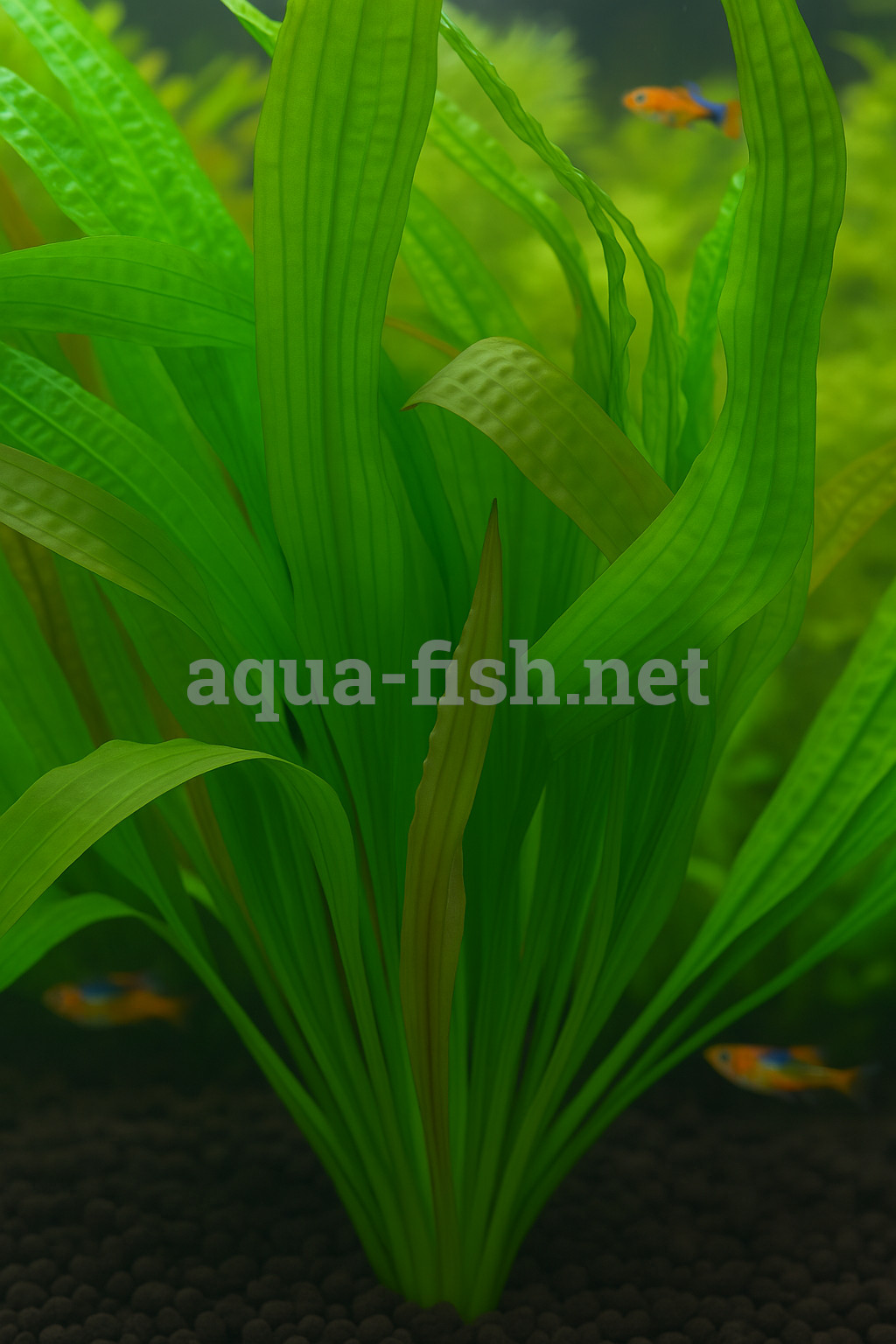
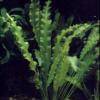 Aponogeton crispus
Aponogeton crispus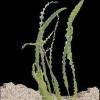 Aponogeton longiplumulosus
Aponogeton longiplumulosus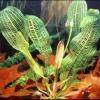 Aponogeton madagascariensis
Aponogeton madagascariensis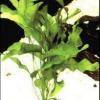 Aponogeton natans
Aponogeton natans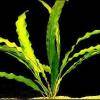 Aponogeton rigidifolius
Aponogeton rigidifolius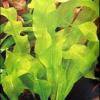 Aponogeton ulvaceus
Aponogeton ulvaceus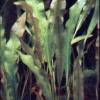 Aponogeton undulatus
Aponogeton undulatus